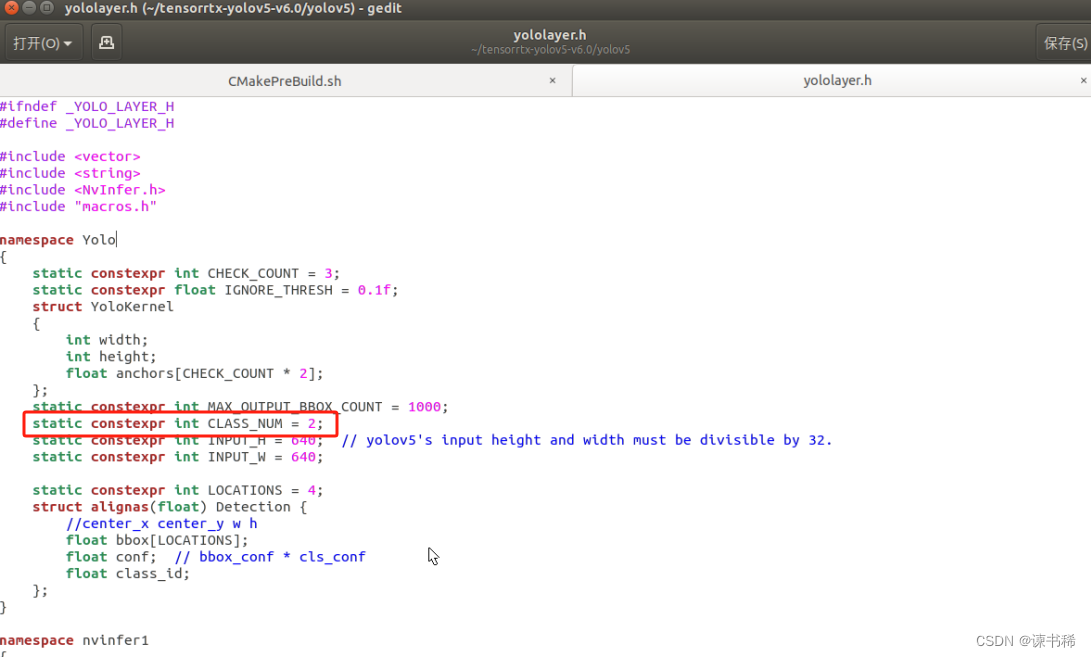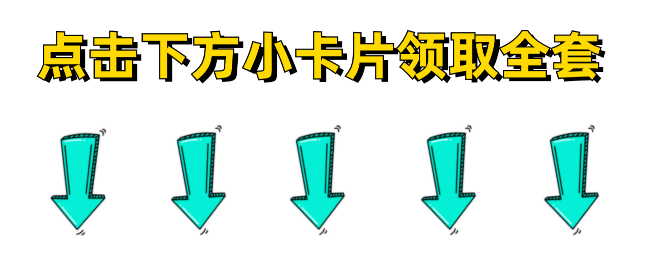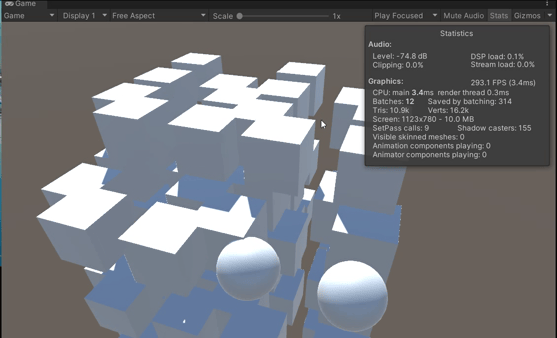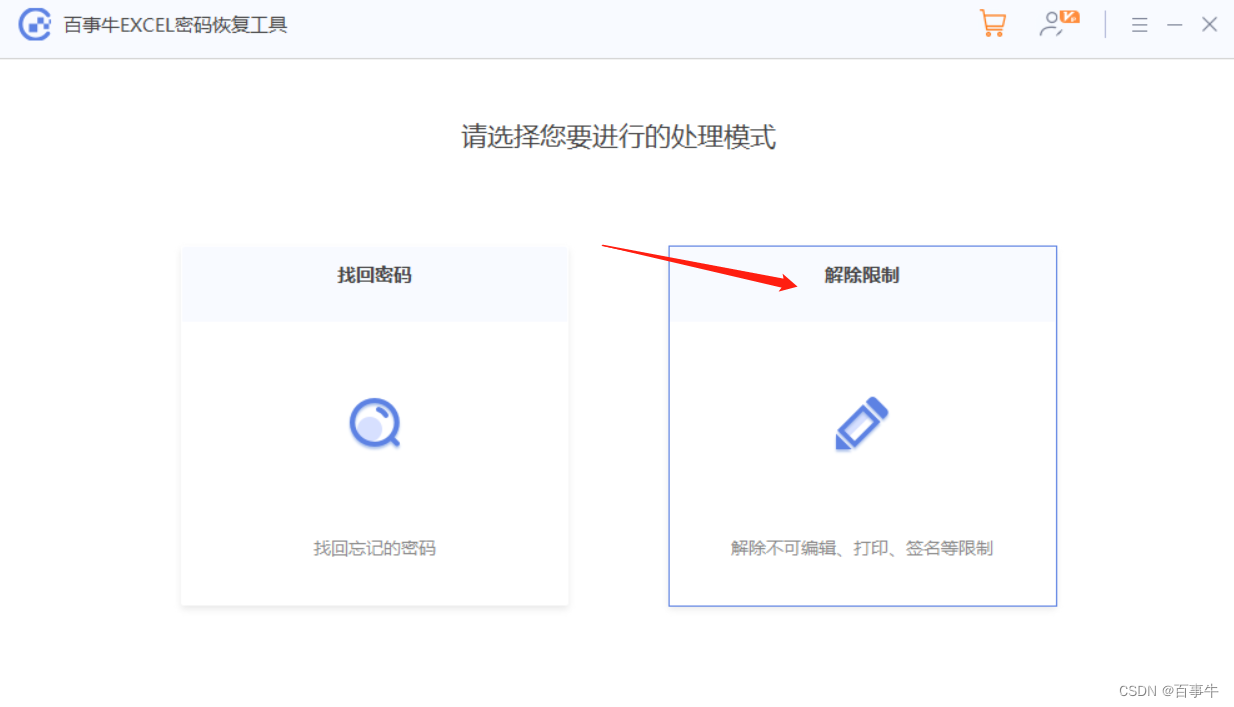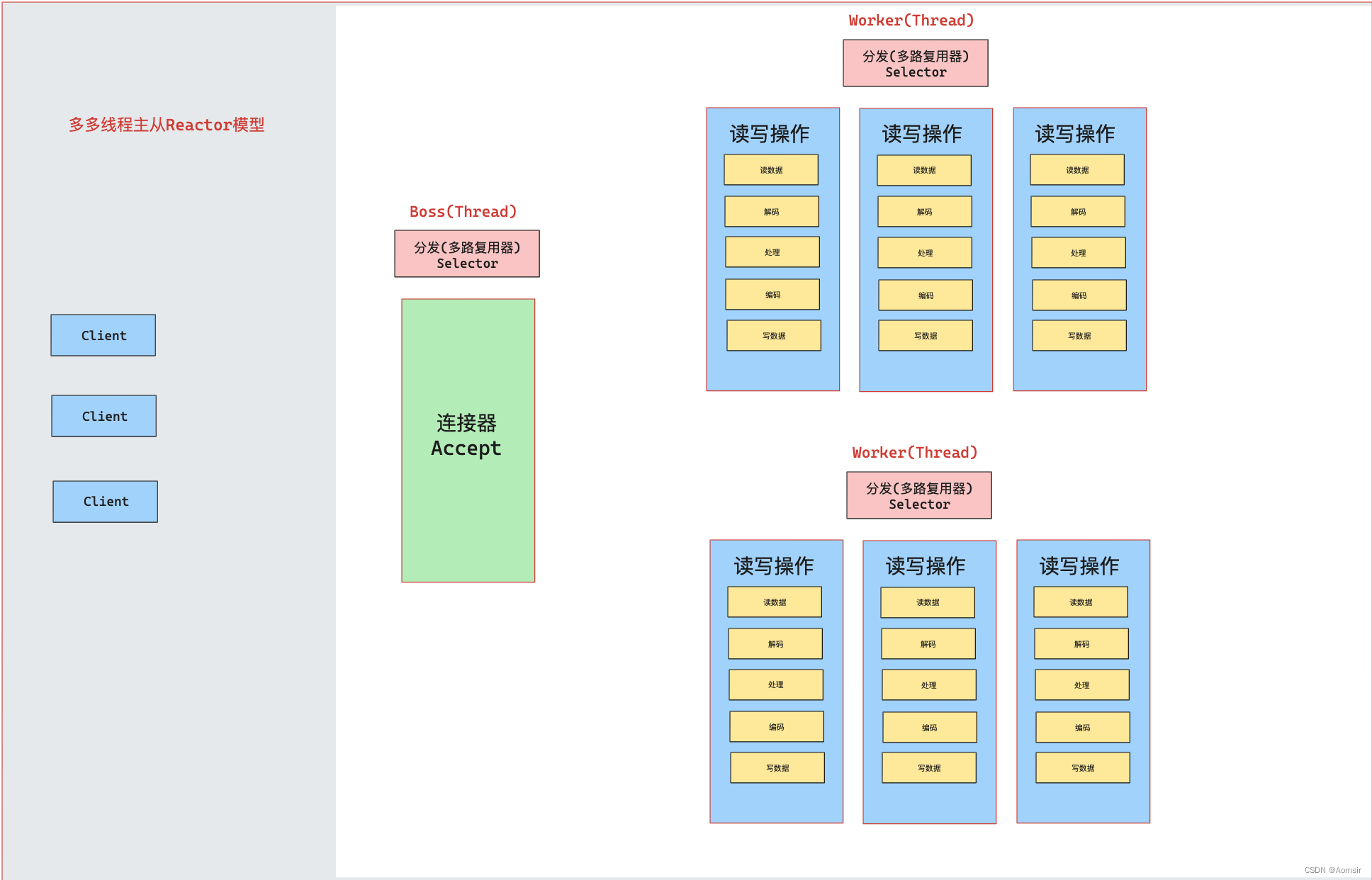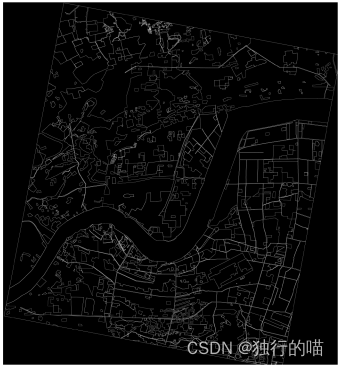数据结构—— 栈的实现
- 一.栈
- 1.1栈的概念及结构
- 二.栈的实现
- 2.1头文件的实现——(Strck.h)
- 2.2 源文件的实现——(Strck.c)
- 2.3 源文件的实现——(test.c)
- 三.栈的实际数据测试展示
- 3.1正常的后进先出方式
- 3.2 进栈的同时也存在出栈
一.栈
1.1栈的概念及结构


二.栈的实现
2.1头文件的实现——(Strck.h)
Strck.h
#pragma once
#include<stdio.h>
#include<stdlib.h>
#include<stdbool.h>
#include<assert.h>
typedef int STDataType;
typedef struct Strck
{
STDataType* a;
int top; //记录栈顶位置
int capacity;
}ST;
//初始化/销毁
void STInit(ST* pst);
void STDestroy(ST* pst);
//压栈/出栈
void STPush(ST* pst, STDataType x);
void STPop(ST* pst);
//获取栈顶元素
STDataType STTop(ST* pst);
//判空
bool STEmpty(ST* pst);
//统计栈内元素个数
int STSize(ST* pst);
2.2 源文件的实现——(Strck.c)
Strck.c
#include"Strck.h"
//初始化/销毁
void STInit(ST* pst)
{
assert(pst);
pst->a = NULL;
pst->top = pst->capacity = 0;
}
void STDestroy(ST* pst)
{
assert(pst);
free(pst->a);
pst->a = NULL;
pst->top = pst->capacity = 0;
}
//压栈/出栈
void STPush(ST* pst, STDataType x)
{
assert(pst);
if (pst->top == pst->capacity)
{
int newcapacity = pst->capacity == 0 ? 4 : pst->capacity * 2;
STDataType* tmp = (STDataType*)realloc(pst->a, sizeof(STDataType) * newcapacity);
if (tmp == NULL)
{
perror("realloc fail");
return;
}
pst->a = tmp;
pst->capacity = newcapacity;
}
pst->a[pst->top] = x;
pst->top++;
}
void STPop(ST* pst)
{
assert(pst);
assert(pst->top > 0);
pst->top--;
}
//获取栈顶元素
STDataType STTop(ST* pst)
{
assert(pst);
assert(pst->top > 0);
return pst->a[pst->top - 1];
}
//判空
bool STEmpty(ST* pst)
{
assert(pst);
return pst->top == 0;
}
//统计栈内元素个数
int STSize(ST* pst)
{
assert(pst);
return pst->top;
}
2.3 源文件的实现——(test.c)
test.c
#include"Strck.h"
int main()
{
ST p;
STInit(&p);
STPush(&p, 1);
STPush(&p, 2);
printf("%d ", STTop(&p));
STPop(&p);
STPush(&p, 3);
STPush(&p, 4);
printf("%d ", STTop(&p));
STPop(&p);
STPush(&p, 5);
while (!STEmpty(&p))
{
printf("%d ", STTop(&p));
STPop(&p);
}
STDestroy(&p);
return 0;
}
三.栈的实际数据测试展示
1.栈的出栈和入栈的关系是:一对多的关系。
2.元素出入栈满足的方式是:后进先出。
3.1正常的后进先出方式

3.2 进栈的同时也存在出栈


